Known as the ‘grandfather’ of Op art, the Hungarian painter Victor Vasarely was working with optical illusions as early as the 1930s. This show charts his rise to fame in the 1950s and his turn to Pop art in the ’60s, as well as his later visual explorations of the fourth dimension. Find out more from the Centre Pompidou’s website.
Preview the exhibition below | See Apollo’s Picks of the Week here
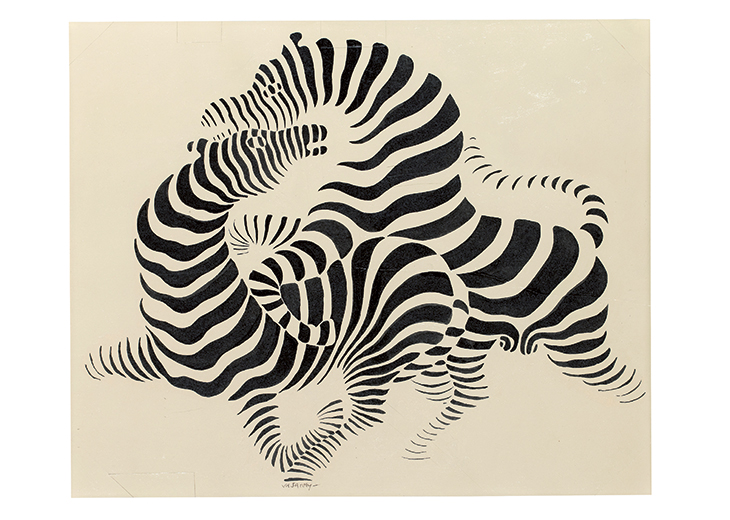
Zèbres-A (1938), Victor Vasarely. Photo: © Fabrice Lepeltier © Adagp, Paris, 2018
Vasarely was trained in the arts at the Bauhaus-inspired Muhely Academy in Budapest, before moving to Paris in 1930. He worked until the Second World War as a graphic designer. This work from 1938 reveals his interest in geometry and perspective at the time, and prefigures his later exploration of optical illusions.
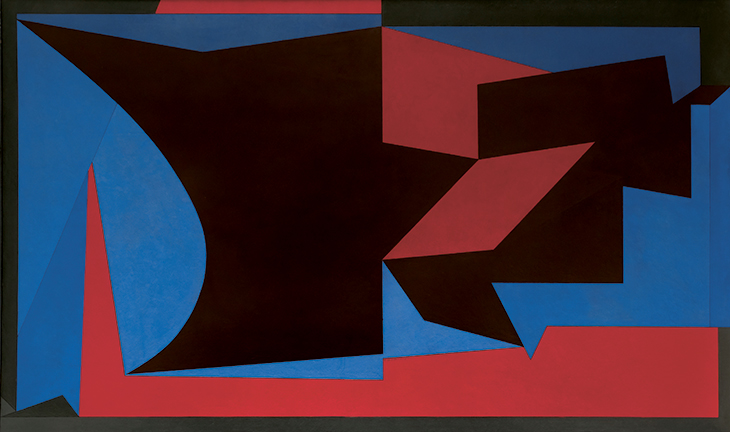
Ruhr (1950), Victor Vasarely. Photo: Øystein Thorvaldsen © Adagp, Paris, 2018
During the war years Vasarely read deeply into the science of optics, and committed himself to fine art. His work of the 1940s was based on his minute attention to his physical environment, whether natural or artificial – in three key series, he took inspiration in the cracks in the ceramic tiling at Denfert-Rochereau metro station, pebbles, and windows and crystals found in rocks.
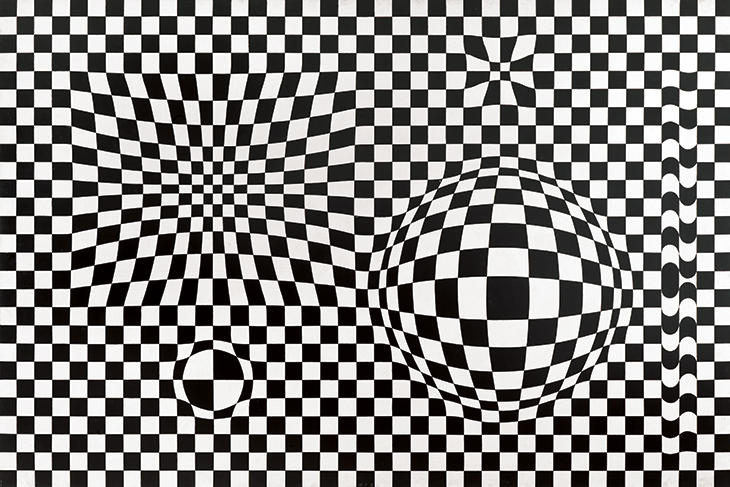
Vega (1956), Victor Vasarely. Photo: © Adagp, Paris, 2018
In the 1950s, Vasarely produced two series of monochrome works – Photographisms and Births. By reducing his palette to the binaries of black and white, he began to create images that appeared to vibrate in the eyes of the viewer, through which he wanted to convey elementary forces of vision and experience. The discovery was a major breakthrough in the development of the movement that became known as Op art (‘optical art’).
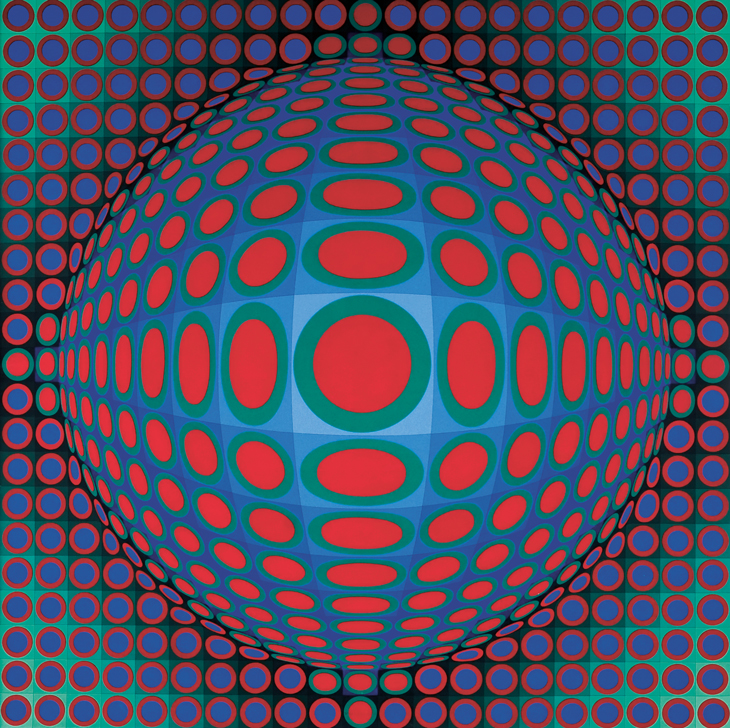
Vega 222 (1969–70), Victor Vasarely. Photo: Øystein Thorvaldsen © Adagp, Paris, 2018
Vasarely reintroduced colour into his works in the 1960s, but continued through image-making to investigate the science of optics, and also to explore ideas of multidimensionality. By the end of the decade, he had almost become a victim of his own success. One critic sniffily noted that his images were for sale ‘by the metre’ in department stores. However, Vasarely – in keeping with the ideology that had been developed by the Pop art movement – retorted that the role of the artist in society was to create ‘an art that can be multiplied’. In line with his wishes, Vasarely’s innovative style has been adopted and advanced by artists and designers the world over.

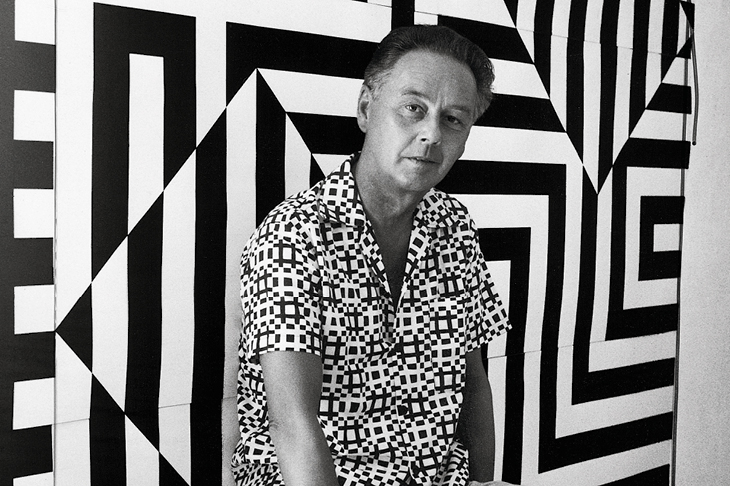









![Masterpiece [Re]discovery 2022. Photo: Ben Fisher Photography, courtesy of Masterpiece London](http://www.apollo-magazine.com/wp-content/uploads/2022/07/MPL2022_4263.jpg)
Has the Fitzwilliam lost the hang of things?